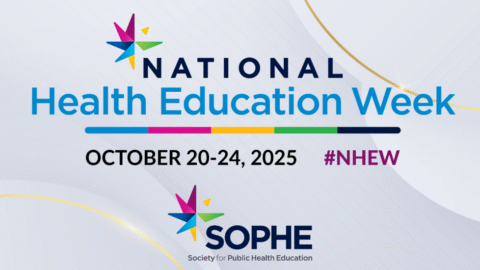We are fortunate to live and work in New Mexico, a unique place for its clear skies and beautiful scenery. It is also one of the richest places in the nation when it comes to culture and tradition. For public health researchers and practitioners, New Mexico constitutes both an opportunity and a challenge as it combines three characteristics that affect public health and medical care:
- significant diversity
- low population density
- high poverty rate (the fifth lowest income per capita in the country).
New Mexico is a minority majority state – more than 60% of the population is a member of a racial/ethnic minority group. It has the highest percentage of Hispanic/Latino population in the country, and more than 10% is Native American. The fifth largest state in the United States by area, New Mexico has a higher percent of rural areas compared to the national average. This means many small, rural, isolated communities that lack resources and adequate public health and health care infrastructure that result in disproportioned rates of mortality and morbidity for almost all causes.
Like in many communities across the U.S., people living in rural New Mexico communities, particularly Native Americans, have the highest overall death rates and the shortest life expectancy. Injury, substance use and mental illness cause considerable struggle, suffering and distress among many New Mexicans.
How the current COVID-19 pandemic is distributed across New Mexico population groups and geographic locations is a question that public health must begin to answer rather quickly.
There is growing evidence around the country that minority, underserved and vulnerable populations are disproportionally being affected by COVID-19 in terms of prevalence, treatment and mortality. As of April, New Mexico state officials had not released data on the race/ethnicity of those who have tested positive for COVID-19. According to unofficial estimates, at least 31% of those infected are Native American (Childress, 2020). This constitutes more than three times their share of the total state population.
Even more revealing is the data on COVID-19 related mortality. Although the New Mexico Department of Health, the three leading health care systems, and other state agencies have developed plans to coordinate and improve efforts to prevent, control and respond to COVID-19, the pandemic is revealing the tremendous stress that an easily transmitted virus can place on the public health and health care systems. This not only refers to COVID-19 related care, but also to the collateral damage caused by the critical difficulties in maintaining essential services during the current crisis.
According to WHO (2020), when health systems are overwhelmed, both direct mortality from an outbreak and indirect mortality from treatable conditions increase significantly, including premature death caused by delay or inappropriate care. This is due to many factors, such as referral restrictions, reduced availability of specialist, absence of therapists, established physical distance between providers and patients, and reallocation of human, material, and financial resources to attend the demand of the epidemic. At the local level, not all specialists are responding to new referrals, and appointments for diagnosis and elective surgeries are being indefinitely postponed.
Therefore, we must balance the demands of responding directly to COVID-19, or any other pandemic, by mitigating the risk of system collapse while engaging in strategic planning and coordinated action to maintain essential public health and health care service delivery.
While more epidemiological data on COVID-19 becomes available, we must ensure the
- protection of those who are most vulnerable
- preservation of the functional capacity of the public health and health care systems
- adequate community outreach and dissemination of evidence-based, cultural and linguistically appropriate public health messages
- mobilization of community and institutional resources to collectively fight this terrible pandemic.
Public health, along with health care, and society as a whole must become much more vigilant and effective at dealing with global problems that ultimately would have an impact on the health and well-being of our communities.
Francisco Soto Mas, MD, PhD, MPH
Associate Professor of Public Health
College of Population Health
University of New Mexico
Laura Nervi, PhD, MPH
Assistant Professor
College of Population Health
University of New Mexico
References
Childress M. (2020). Native Americans make up 31% of New Mexico COVID-19 cases. New Mexico In Depth, April 12. Available at http://nmindepth.com/2020/04/12/native-americans-make-up-31-of-new-mexico-covid-19-cases/?utm_source=NMID+Community&utm_campaign=a2b911c2c8-RSS_EMAIL_CAMPAIGN&utm_medium=email&utm_term=0_9294743d38-a2b911c2c8-126475649
WHO. (2020). COVID-19: Operational guidance for maintaining essential health services during an outbreak. Interim guidance. World Health Organization, 25 March. Available at https://www.who.int/publications-detail/covid-19-operational-guidance-for-maintaining-essential-health-services-during-an-outbreak

